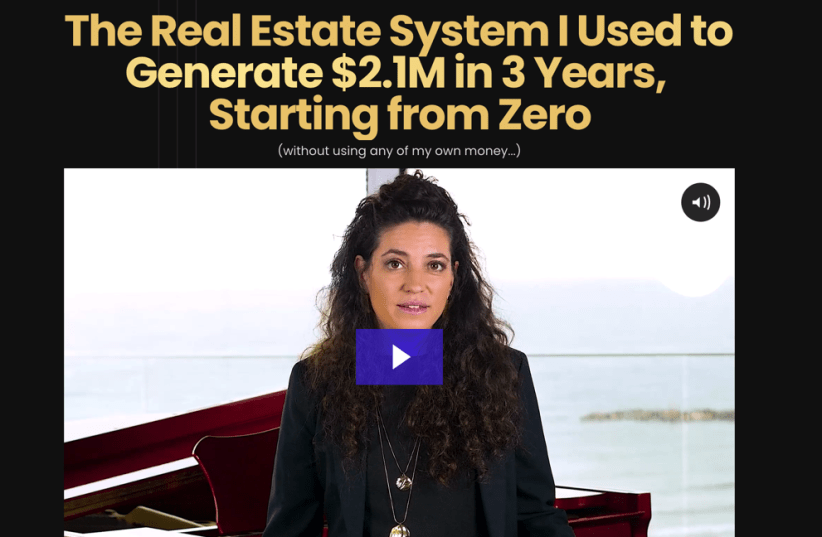In the world of real estate investing, a new system has emerged called Property Leveraging that gives parents and professionals, the ability to create generational wealth and secure a reliable, passive monthly income for themselves and their families. This innovative approach allows investors to capitalize on undervalued real estate properties in the USA and worldwide without the need for substantial initial capital investment. The program provides diverse avenues for generating profit through different deal structures, each designed to suit the investor's financial goals and preferences.
At its core, the Property Leveraging Program involves two main strategies known as "Pancakes" and "Babies." The Pancake strategy revolves around buying properties at lower prices and then swiftly selling them at higher prices, effectively flipping them for a substantial profit. On the other hand, the Babies strategy entails purchasing properties with the intention of holding onto them for an extended period, generating a consistent and steady income through rentals. This distinction allows investors to choose between rapid wealth accumulation and stable, long-term income generation, depending on their financial objectives.
Flipping Pancakes: The Art of Buying Low & Selling High
The Pancake strategy is centered on identifying properties that can be purchased for less than their actual value. Several scenarios can motivate property owners to sell at a lower price, such as divorce, inheritance, financial difficulties, foreclosure, or the need for quick cash. The more motivated the seller, the greater the potential for securing a property at a discounted rate.
It's important to note that this strategy doesn't involve exploiting sellers but rather focuses on creating a win-win situation. Investors aim to purchase properties that may require renovation or quick sales due to the owner's circumstances. After acquiring these properties, they can either sell them as-is or enhance their value through renovations before selling, resulting in a higher selling price and a substantial profit margin.
An example illustrates the effectiveness of the Pancake strategy. A student named Sean managed to purchase a property for $65,000, investing minimal personal capital. He then allocated $7,000 for renovations and eventually sold the property for $165,000, yielding a net profit of $93,000. This success story demonstrates the potential for significant returns using the Pancake approach.
Holding onto Babies: Generating Steady Income and Growth
The Babies strategy, in contrast, emphasizes the acquisition of properties that are intended to be held long-term for rental income. Investors who adopt this approach benefit from regular, reliable monthly income, while simultaneously witnessing the appreciation of property values. A prime example of the Babies strategy's success is Lily, an artist and single mother who transformed her financial situation.
Lily initially owned a small apartment, struggling to make ends meet. With the guidance of the Property Leveraging Program, she sold her apartment for $342,424 and used the proceeds to purchase multiple rental properties. These properties generated a consistent monthly income of over $6,000, enabling her to transition from financial instability to financial security.
Choosing the Right Approach
The decision to focus on the Pancake or Babies strategy depends on individual goals and preferences. Investors seeking quick profits may prioritize Pancakes, while those aiming for a stable income stream might opt for Babies. In reality, the most effective wealth-building strategy often involves a combination of both approaches, known as the Pancake Baby Combo. This blend of quick profits and steady income enables investors to leverage the benefits of both strategies for optimal results.
Expanding the Horizon: Property Leveraging Entrepreneur, Investor, and Connector
The Property Leveraging Program offers three distinct roles for individuals looking to enter the real estate investment arena. First, the Property Leveraging Entrepreneur (PLE) focuses on identifying undervalued properties, renovating them, and either selling them for a profit or generating passive income through rentals. The PLE role involves more effort and offers the potential for substantial profits.
Secondly, the Property Leveraging Investor (PLI) functions by investing capital into deals, earning a portion of the profit upon sale or receiving interest payments from loans. PLIs leverage other people's money to grow their wealth and can choose from various sources of funding, including private lenders, banks, and business lenders.
The third role, the Property Leveraging Connector (PLC), facilitates connections between PLEs and PLIs. This role involves introducing potential investors or lenders to suitable property deals. PLCs earn a percentage of the funds exchanged, making it a low-effort but potentially lucrative endeavor.
Conclusion
The Property Leveraging Program presents a comprehensive strategy for individuals seeking to build wealth and secure a passive income stream through real estate investment. By capitalizing on undervalued properties and adopting a versatile approach, investors can choose between quick profits and steady income, or even combine the two for maximum results. Through the Pancake and Babies strategies, along with the roles of Entrepreneur, Investor, and Connector, the Property Leveraging Program offers a dynamic and promising path toward financial freedom and prosperity in the real estate market.

